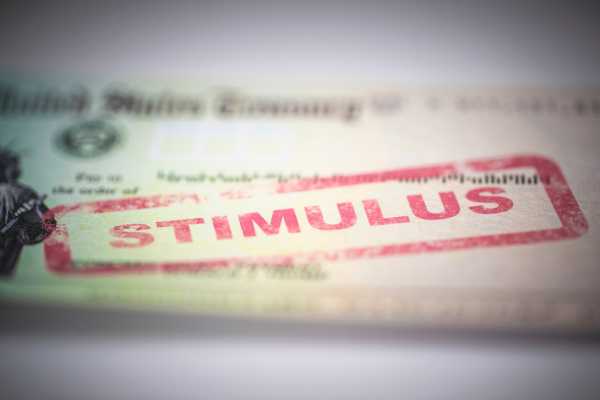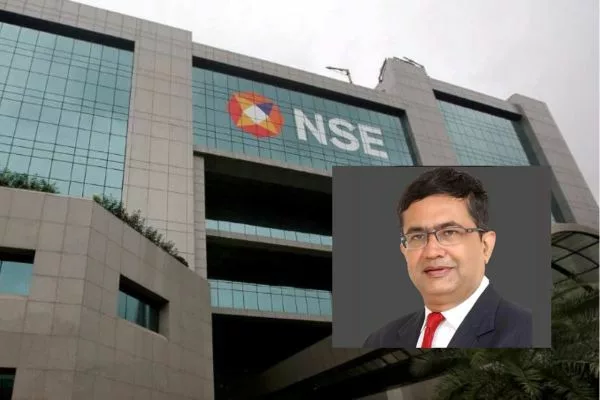You’ve likely heard of the Sharpe ratio if you’re an investor or trader. It’s a measure that considers the risk involved in generating returns. Also, it can help you evaluate the performance of an investment or a portfolio and compare it to other investment opportunities. This guide will cover the Sharpe ratio, including its definition, calculation, and interpretation, to make better investment decisions.
What is Sharpe Ratio?
Sharpe Ratio is a statistical measure that calculates the risk-adjusted return of an investment portfolio. The ratio was developed by Nobel laureate William F. Sharpe in 1966 and has since become a standard tool for investors to assess the performance of their investments. The Sharpe ratio compares the return of an investment to its volatility, which is the degree of fluctuation in the investment’s price over time.
The formula for the Sharpe ratio is as follows:
● Sharpe Ratio = (Return of the Investment – Risk-Free Rate)/Standard Deviation of the Investment
The Sharpe ratio indicates how much excess return an investor receives for the risk they are taking. A higher Sharpe ratio implies that an investment delivers higher returns for the same level of risk, making it more desirable.
How to Calculate the Sharpe Ratio
To calculate the Sharpe ratio, you’ll need to know the expected return of the investment, the risk-free rate, and the standard deviation of the investment’s returns.
● Expected Return
The expected return is the return an investor can reasonably expect to earn from an investment. This can be based on historical data, financial models, or other factors that may impact the investment’s performance. For example, if an investor expects a stock to earn a return of 10% over the next year, that would be the expected return for the calculation.
● Risk-Free Rate
The risk-free rate is the return an investor can earn without the risk of loss. This is typically the yield on Treasury bills, as they are considered risk-free investments. As of writing this post, the 10-year Treasury yield is around 1.5%, so that would be the risk-free rate for the calculation.
● Standard Deviation
The standard deviation measures the variability of returns for the investment. A high standard deviation demonstrates that the investment’s returns are more volatile. In contrast, a low standard deviation implies that the returns are more consistent. You’ll need a set of historical returns for the investment to calculate the standard deviation. Once you have these three pieces of information, you can plug them into the Sharpe ratio formula and calculate the ratio.
Interpreting Sharpe Ratio
The Sharpe ratio can be interpreted in different ways depending on the value. Here are some guidelines to help interpret Sharpe ratio values:
● A Sharpe ratio of less than 1 indicates that the investment is not providing enough excess return to justify the risk taken.
● A Sharpe ratio between 1 and 2 indicates that the investment provides a satisfactory risk-adjusted return.
● A Sharpe ratio of more than 2 indicates that the investment delivers an exceptional risk-adjusted return.
It is essential to remember that the Sharpe ratio is a relative measure and should be compared to similar investments. For example, the Sharpe ratio of a stock should be compared to other stocks, and the Sharpe ratio of a bond should be compared to other bonds.
Conclusion
Investors have various tools to evaluate their investments, but one of the most important is the Sharpe ratio. With a solid understanding of the Sharpe Ratio and its applications, investors can make informed decisions and achieve their financial goals.

 Kenya Finance Bill: Vehicle Owners To Bear The Brunt, Will Have To Pay Annual Tax Of Up To Ksh 100,000
Kenya Finance Bill: Vehicle Owners To Bear The Brunt, Will Have To Pay Annual Tax Of Up To Ksh 100,000 Choosing the Best MTF Service Provider: Factors to Consider
Choosing the Best MTF Service Provider: Factors to Consider Alaska $1300 Stimulus Check May 2024 – Stimulus Checks for Everyone? Payment Dates & Eligibility
Alaska $1300 Stimulus Check May 2024 – Stimulus Checks for Everyone? Payment Dates & Eligibility Unveiling the Hidden Costs of Inventory: Types and Impact Analysis
Unveiling the Hidden Costs of Inventory: Types and Impact Analysis Insuring Your Tomorrow: Navigating Life Insurance Planning
Insuring Your Tomorrow: Navigating Life Insurance Planning Advance in Forex Trading with AlfaXM
Advance in Forex Trading with AlfaXM Fake Videos of NSE CEO Ashish Chauhan Recommending Stocks in Circulation, NSE Issues Caution
Fake Videos of NSE CEO Ashish Chauhan Recommending Stocks in Circulation, NSE Issues Caution  Navigating the Loan Landscape: Your Guide to Loans in Canada
Navigating the Loan Landscape: Your Guide to Loans in Canada